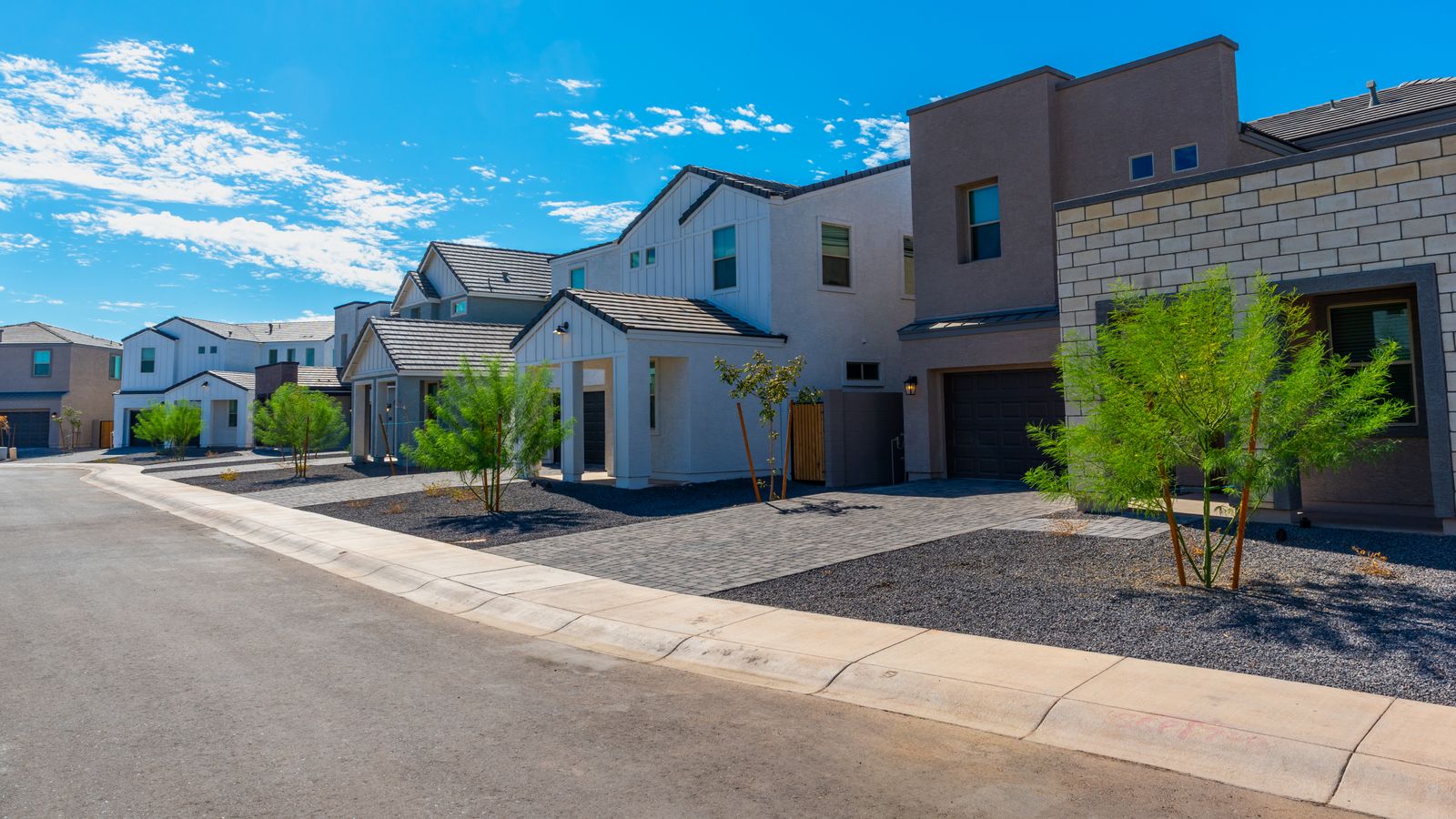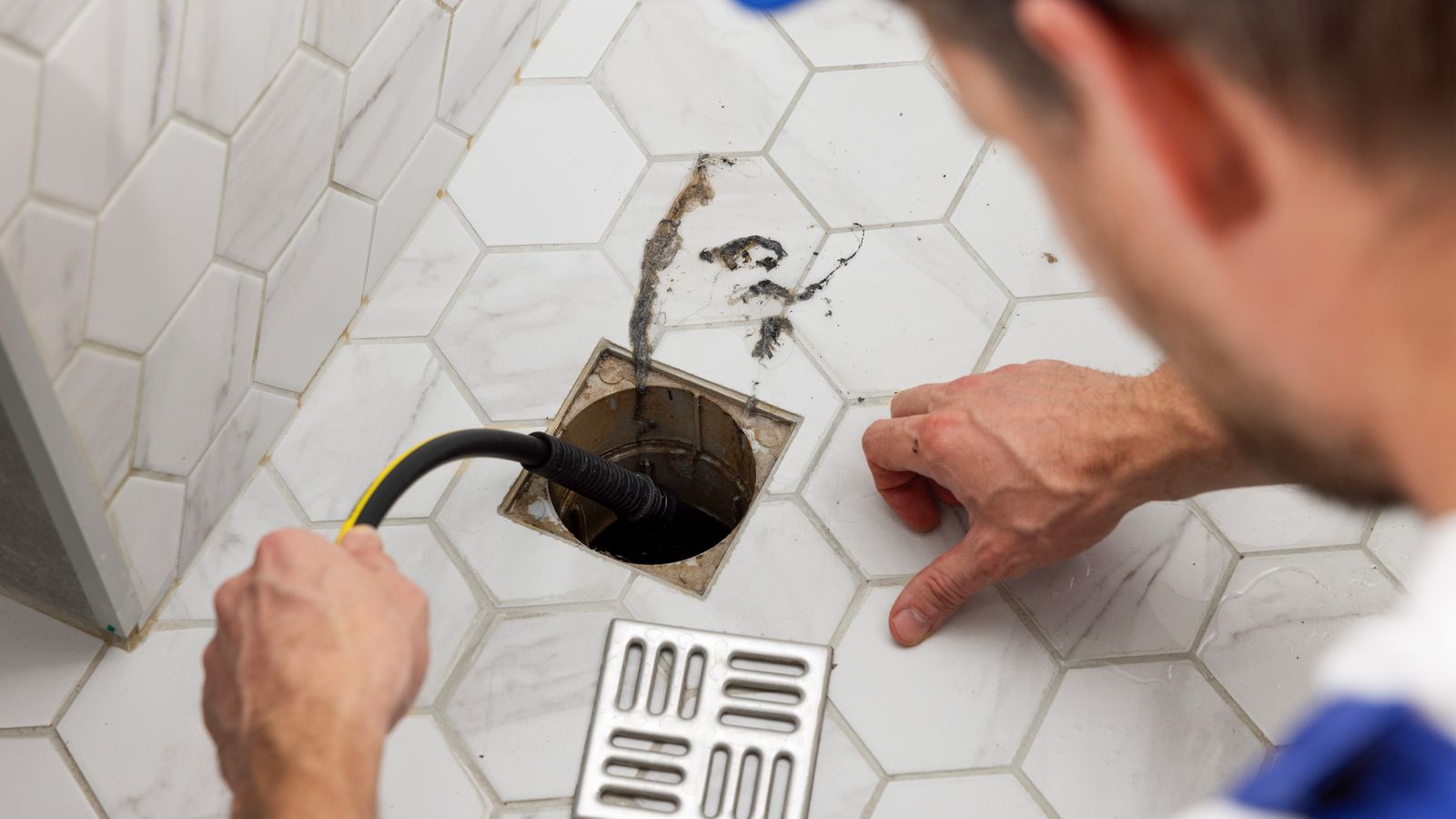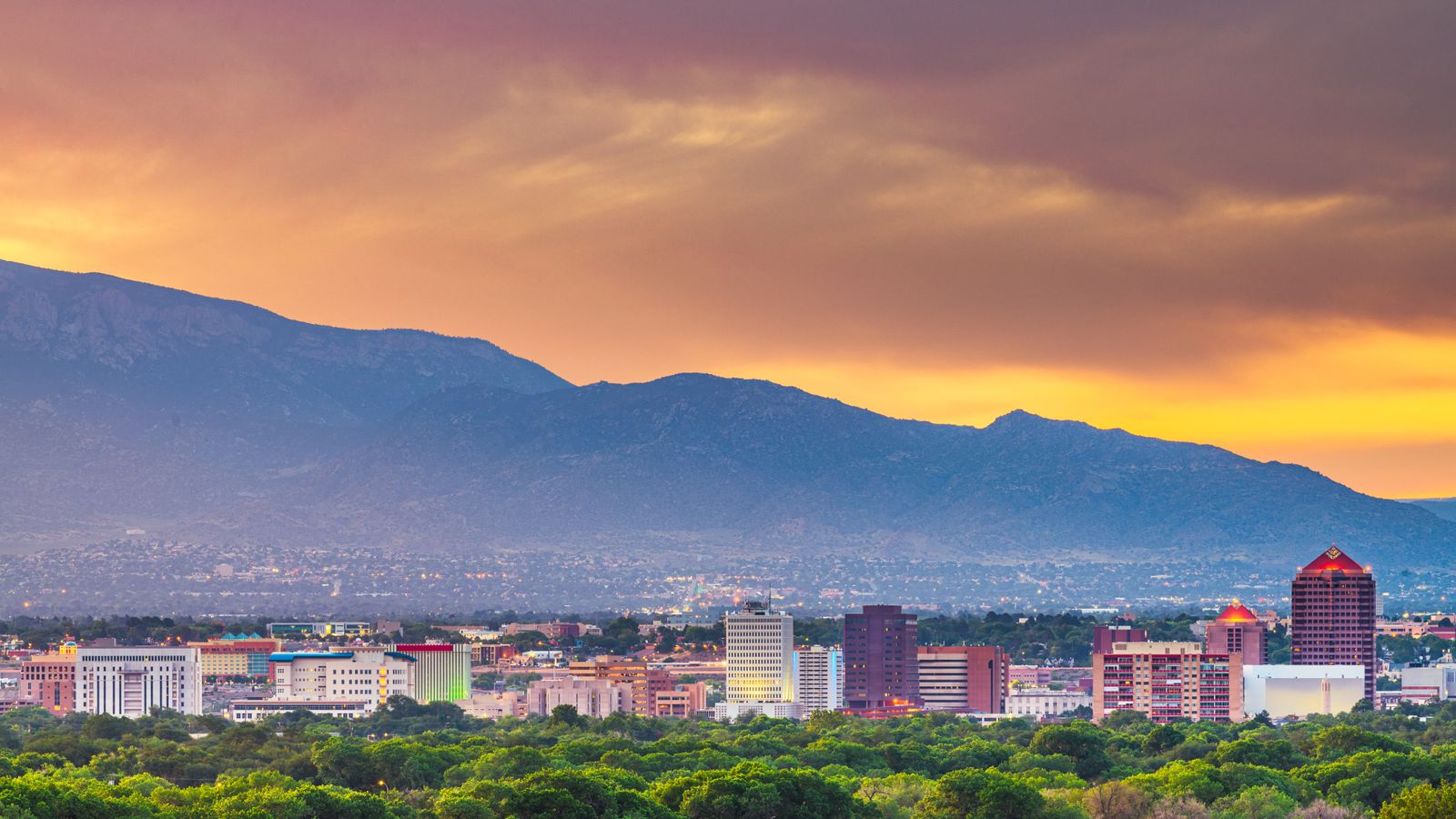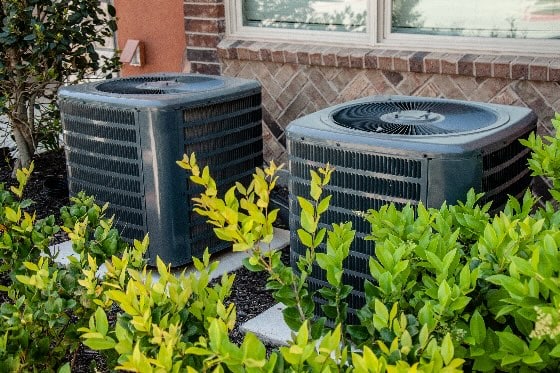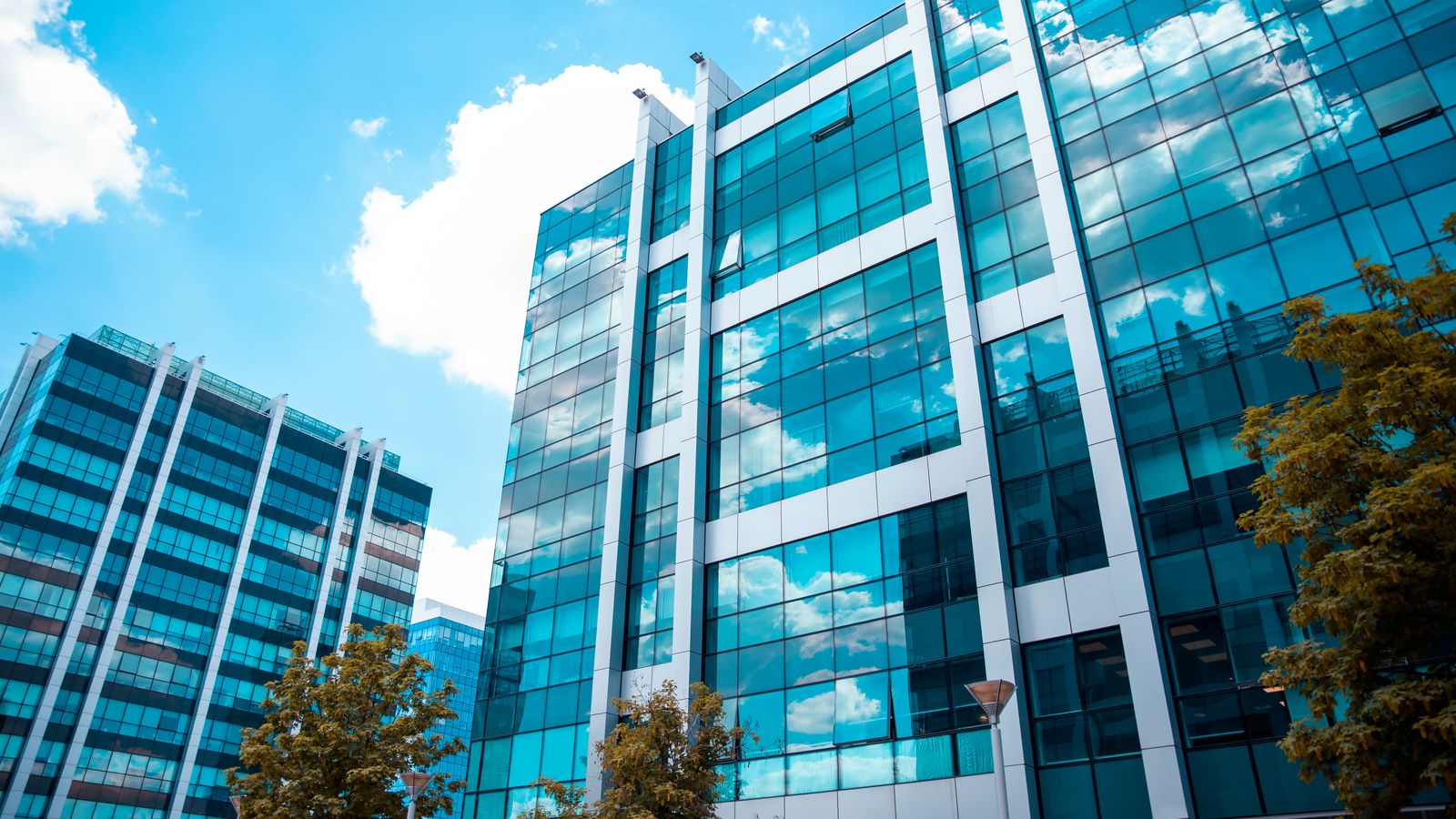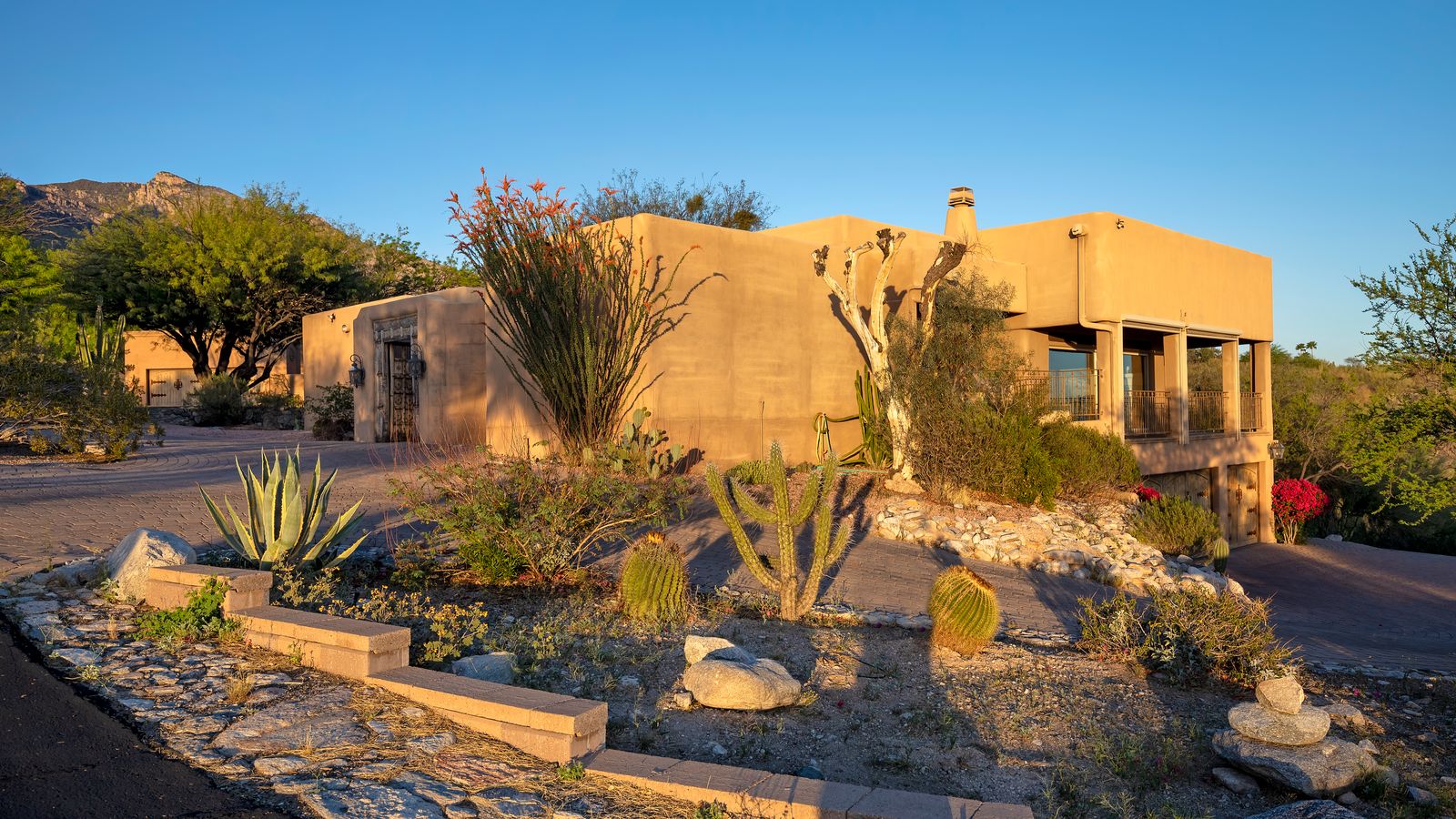Last Updated: May 22, 2025
Swamp coolers—also called evaporative coolers—perform especially well in Albuquerque’s dry climate. Instead of using refrigerants like traditional air conditioners, these systems rely on water to cool the air. This method not only reduces energy use but also adds moisture to indoor air, which is a welcome feature in New Mexico’s arid conditions.
What Is a Swamp Cooler
A swamp cooler draws in hot outdoor air and runs it over water-saturated pads. As the air flows through the wet material, the water evaporates, cooling the air. A fan then pushes the cooler air through the home. Because this process works best when humidity is low, Albuquerque’s climate—often hovering around 15% humidity or less—makes it an ideal location for this type of system. In the right environment, swamp coolers deliver noticeable temperature drops while using less electricity than AC units.
How Swamp Coolers Work
Here’s a quick look at how the system functions:
- Outdoor air enters the unit.
- Air flows across damp pads that absorb heat through evaporation.
- A fan distributes the cooled air throughout the house.
- Used air exits through windows or vents, keeping air circulation steady.
With no refrigerants or compressors involved, cooling relies entirely on water and airflow. The result is a comfortable indoor space without the high energy bills that often come with traditional air conditioning.
Common Signs Your Swamp Cooler Needs Repair
Swamp coolers can be dependable and budget-friendly, but only when they’re working properly. Spotting early signs of trouble can help avoid major repairs later. Many of the warning signs also show up in standard AC systems.
Reduced Cooling Efficiency
If your cooler is running but the house still feels warm, something’s off.
- Air coming from vents might feel lukewarm.
- Some rooms may stay hot while others cool down.
- The system could run longer than usual without much payoff.
Cooling issues like these often trace back to old pads, a weak fan motor, or mineral buildup in the water system. If the unit used to keep the house cool but now struggles, it’s time to call a technician.
Water Leaks from the Unit
Water pooling beneath the unit or dripping from its housing is a red flag. The cause could be:
- A cracked tank or rust in the water pan
- Loose tubing connections
- A float valve that’s overfilling the reservoir
Leaks aren’t just messy; they can damage your home. If water reaches the roofline, it could even harm insulation or roof materials. Quick repairs help prevent that kind of damage from spreading.
Unusual Noises or Vibrations
A properly running swamp cooler makes a consistent, low sound. If you start hearing rattling, buzzing, grinding, or squealing, there’s probably a mechanical problem.
- Fan blades might be out of balance.
- Bearings in the motor could be wearing down.
- Loose parts might be vibrating against the frame.
Strange noises often get ignored until something breaks. If your cooler doesn’t sound the way it used to, it’s probably time to have it checked out.
Unpleasant Odors
Musty or sour smells usually mean water isn’t circulating correctly or mold is starting to grow.
- Pads may be overdue for replacement.
- The tank may still hold water from last season.
- Standing water encourages bacteria and mold buildup.
Bad smells don’t just affect comfort—they can trigger allergies or asthma. If the cooler smells off, it’s more than a nuisance. It’s a health concern worth addressing.
Difficulty Starting or Frequent Shutdowns
If the cooler won’t turn on or keeps shutting off, there’s likely a deeper problem.
- Switches or thermostats might be faulty.
- Breakers may have tripped, or fuses could be blown.
- Motors or wiring may be worn out.
This kind of stop-and-start behavior usually points to an internal failure. Many cooling systems share this symptom, and it often means something needs to be replaced or professionally repaired.
Essential Swamp Cooler Maintenance Tasks
Swamp coolers don’t require much attention compared to other systems, but skipping maintenance often leads to performance issues. Regular upkeep helps prevent many of the problems mentioned above.
Running Water Lines and Adjusting the Float
Water flow is everything when it comes to swamp cooler performance.
- Make sure the float valve is set correctly. If it’s too low, pads dry out. If it’s too high, the tank overflows.
- Inspect water lines for sediment or loose connections.
- Confirm that the pump spreads water evenly across all pads.
These steps are simple but make a big difference in how well the cooler runs.
Replacing Cooling Pads
Pads don’t last forever—especially in areas with hard water, like Albuquerque.
- Plan to replace them at least once a season.
- If the air smells stale or the cooling feels weak, the pads might be clogged or deteriorating.
- Rigid media pads hold up longer than standard versions, but they still need regular checks.
Fresh pads can immediately boost airflow and cooling power.
Seasonal Shutdown and Startup Procedures
A little effort before and after each season goes a long way.
- In fall, drain the water, clean the tank, and cover the unit to keep out debris and freezing temperatures.
- In spring, flush the system, test the pump, and inspect the motor and wiring.
Skipping seasonal prep increases the chance of breakdowns and shortens the system’s lifespan.
Switching Dampers Between Summer and Winter
Dampers help control airflow and energy use.
- Open them in summer so cool air can move freely.
- Close them in winter to keep warm air in and cold air out.
Leaving dampers in the wrong position wastes energy and affects comfort inside the home.
Professional Swamp Cooler Repair Services
Sometimes even regular maintenance isn’t enough, and professional repair becomes necessary. That’s where the team at B. Carlson comes in.
Why Professional Repair Over DIY
Trying to fix a swamp cooler on your own might seem simple, but these systems often include electrical parts and hardware that require training to repair safely. Bringing in a professional means:
- The problem gets diagnosed accurately.
- All repairs are done safely and correctly.
- You avoid repeat breakdowns from missed issues.
DIY fixes might seem like a money-saver, but they can lead to bigger repairs if something goes wrong.
Swamp Cooler Placement Options
While many homes in Albuquerque use roof-mounted systems, other placement options can make maintenance easier.
- Wall-mounted or ground-level units are easier to reach.
- Sidewall placement often leads to lower repair costs over time.
- Custom installations can improve airflow and blend better with the home’s design.
Our team can recommend where to install your unit based on your home’s layout and how easy it is to access.
Preventing Future Issues
The best way to reduce repair needs is consistent maintenance.
- Schedule seasonal service with a qualified HVAC technician.
- Replace worn parts before they cause breakdowns.
- Pay attention to early warning signs like strange noises, weak airflow, or unusual smells.
With a little attention, your swamp cooler can keep running strong for years.
Frequently Asked Questions About Swamp Cooler Repair
How Do I Know If My Swamp Cooler Is Bad
Watch for these signs:
- Weak airflow or no airflow at all
- Odd noises or smells
- Water leaking around or under the unit
- The unit won’t start or keeps turning off
- Cooling isn’t what it used to be
Each of these points to a specific issue that needs to be fixed.
Can I Repair My Swamp Cooler Myself
You can handle smaller jobs like changing the pads or adjusting the float. But when problems involve wiring, motors, or water systems, calling a technician is the safer move. A professional can pinpoint the issue and fix it properly the first time.
How Long Do Swamp Coolers Last
With regular care, most units last between 10 and 15 years. Lifespan depends on:
- How often it’s used
- The quality of the original installation
- Local water conditions
- How well it’s maintained
Even if an older cooler still runs, it may not cool as efficiently or safely as it once did.
Trust B. Carlson for Your Swamp Cooler Repair Needs
Your Best Friend in Home Services
B. Carlson Heating, Air Conditioning & Plumbing has been serving Albuquerque since 1971. We provide more than just repairs—we’re a part of the community, focused on keeping homes comfortable with honest, reliable service.
Experienced Technicians
Our techs know what to look for when a cooler isn’t running right. Whether it’s a weak fan motor, a leaking reservoir, or something more complex, we’ve seen it—and fixed it—before.
Contact Us Today
If your cooler is acting up, give us a call at 505-349-4409. We’ll troubleshoot the issue and get your system running like new—quickly, professionally, and with the friendly service you’d expect from your best friend in home comfort.

